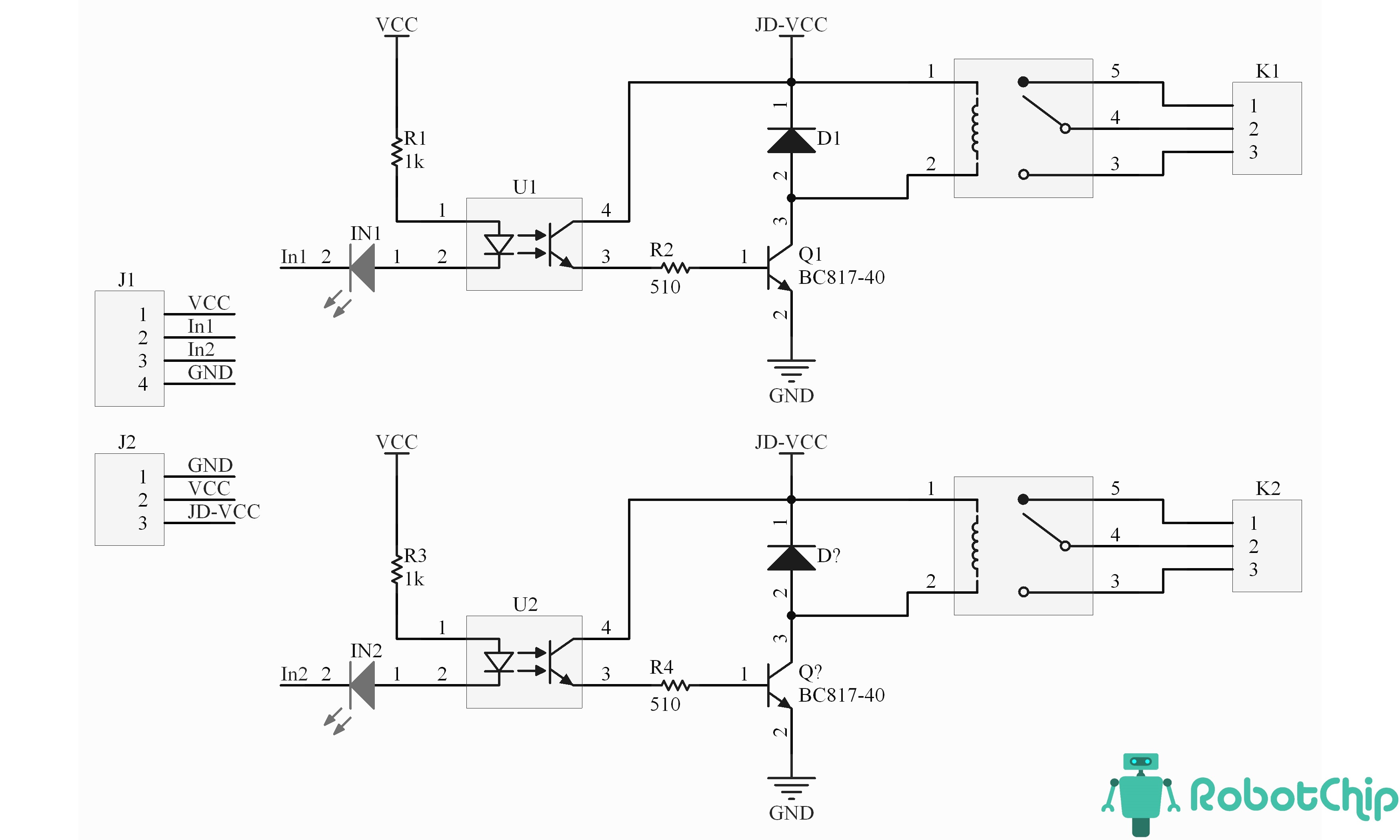In that updated schematic (it is still not clear of how those both red and green lines, entering relay(s), connected internally in relay(s). Solenoid in a single relay is just two pole "wire" and when it is connected into closed circuit with a switch it is connected in series. So one of those two wire is not required unless that relay module contains some electronic in it. However, it is also possible that you made a mistake by connecting two solenoids of both channels in series "through" ESP pads which then explains why it is fried

)))).
Anyway, you can remove the relay(s) and use N MOSFETS as a replacement.
1. Source (pin) of mosfet connect to +12V,
2. Drain (pin) of N Mosfet connect to + of your solenoid valve (keep minus pole from a valve to GND)
3. Gate (pin) of N Mosfet connect to pad of your ESP32 via lets say 10 ohm resistor
that green line is not required in that case.
According to that scheme and diode 4007, current is not more than 2A at 12V, so any standard N mosfet capable of holding lets say 10A on 30V (it costs about 0.1 $) will do the job.
Also ensure that all GNDs of all your sources are tight together.
(if you need another channel you will need to spend another 0.1 $

for one more Mosfet transistor)
However, if you insist on keeping those relay(s) (it has sense only if in the future you decide to use larger load, lets say something which works at 220V instead 12V valve) you have to provide those internal connections inside relays if there is some electronics. However, if you made a mistake by connecting two solenoids in series like on that schematic then:
1. Remove the green wire (it is not required until you utilize second channel) and remove +5V wire entering relay(s)
2. Disconnect both pads from relays
3. Connect source (pin) of mosfet to +5V
4. Connect gate (pin) of mosfet via 10 ohm resistor to pad (of first channel)
5. Connect drain (pin) of mosfet to most upper pin on relay module on that schematic (one pole of first solenoid)
6. Connect another pole of that solenoid to the GND
(both poles of second solenoid should be free at that moment)
If you want to utilize second channel use one more mosfet and repeat steps 3-6 but using second channel from ESP and free solenoid in relay module.



